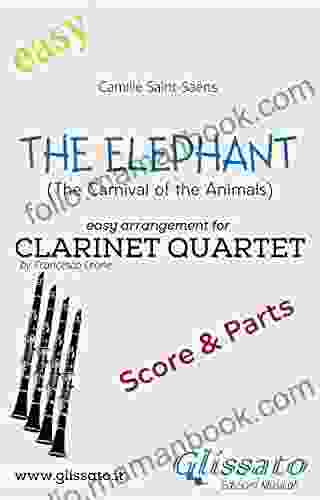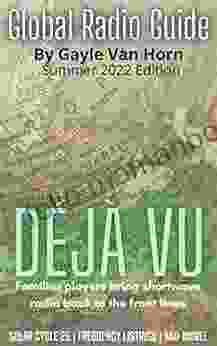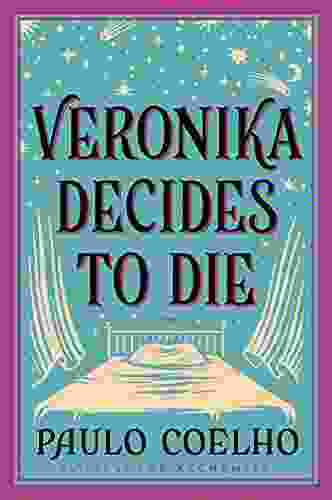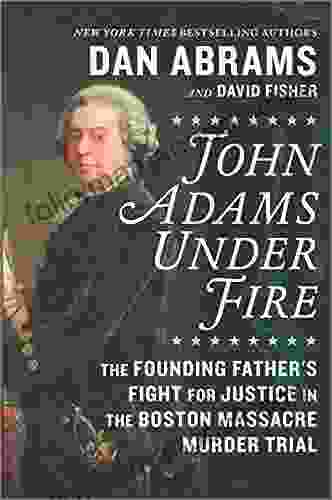The Carnival of the Animals: A Musical Masterpiece for All Ages

The Carnival of the Animals is a whimsical and enchanting classical composition by French composer Camille Saint-Saëns. Written in 1886 as a humorous musical suite, The Carnival of the Animals quickly gained popularity for its charming depictions of various animals and its clever use of orchestration. This article delves into the fascinating history, structure, and significance of this musical masterpiece, which continues to captivate audiences of all ages.
4.5 out of 5
| Language | : | English |
| File size | : | 3431 KB |
| Text-to-Speech | : | Enabled |
| Screen Reader | : | Supported |
| Enhanced typesetting | : | Enabled |
| Print length | : | 12 pages |
Historical Context
Saint-Saëns composed The Carnival of the Animals during a period of personal and professional upheaval. In 1886, the composer's mother passed away, and he was also facing criticism for his unconventional musical style. The Carnival of the Animals served as a playful and lighthearted escape from these challenges, offering a glimpse of Saint-Saëns's witty and imaginative side.
The piece was initially intended for a private performance at the home of animal rights advocate Madame Fernand Lemaire. However, after its premiere, The Carnival of the Animals gained widespread recognition and was subsequently performed in concert halls around the world.
Structure and Instrumentation
The Carnival of the Animals is a fourteen-movement suite for two pianos and a small orchestra. Each movement musically depicts a different animal or group of animals, using a variety of instruments to create distinct sonic representations.
- and Royal March of the Lion: A majestic featuring the grandeur of the piano and orchestra, representing the king of the animal kingdom.
- Hens and Roosters: A lively and humorous depiction of farmyard animals, with the piano imitating the clucking of hens and the orchestra representing the crowing of roosters.
- Wild Donkeys: A fast-paced and energetic movement, with the piano and strings capturing the galloping and braying of wild donkeys.
- Tortoises: A slow and plodding movement, with the double bass and cello portraying the heavy and deliberate steps of tortoises.
- The Elephant: A graceful and majestic movement, with the contrabassoon providing a deep and resonant representation of the elephant's massive size.
- Kangaroos: A light and bouncy movement, with the xylophone and piano capturing the hopping and jumping of kangaroos.
- Aquarium: A shimmering and evocative movement, with the piano and harp creating a rippling and watery soundscape.
- Personages with Long Ears: A comical movement, with the piano imitating the braying of donkeys and the orchestra providing a humorous accompaniment.
- The Cuckoo in the Depths of the Woods: A tranquil and ethereal movement, with the flute, clarinet, and piano creating a serene forest atmosphere.
- Aviary: A lively and varied movement, with the flute, piccolo, and clarinet representing a chorus of birds.
- Pianists: A virtuosic and playful movement, with the two pianists engaging in a rapid-fire musical conversation.
- Fossils: A slow and deliberate movement, with the piano and orchestra evoking the dusty and ancient atmosphere of a natural history museum.
- The Swan: A graceful and lyrical movement, with the cello and piano portraying the elegant movement of a swan gliding on water.
- Finale: A grand and celebratory , with the entire orchestra joining forces to create a rousing and triumphant musical statement.
Musical Description and Significance
Saint-Saëns's musical depictions of animals in The Carnival of the Animals are both humorous and remarkably accurate. Through clever orchestration, the composer captures the essence of each animal's unique characteristics, from the braying of donkeys to the gentle gliding of a swan.
The Carnival of the Animals is not only a musical masterpiece but also a significant work in the field of music education. The piece is often used as an to classical music for young audiences, helping them to identify and appreciate different instruments and musical styles. Additionally, The Carnival of the Animals has inspired numerous adaptations, including animated films, children's books, and even a full-length ballet.
The Carnival of the Animals remains a beloved classical composition that has enchanted audiences of all ages for over a century. Saint-Saëns's witty and imaginative use of orchestration creates a musical tapestry that is both entertaining and educational.
Whether you are a seasoned music lover or a young child experiencing classical music for the first time, The Carnival of the Animals offers a delightful and unforgettable musical experience. Its enduring popularity is a testament to the timeless appeal of this musical masterpiece.
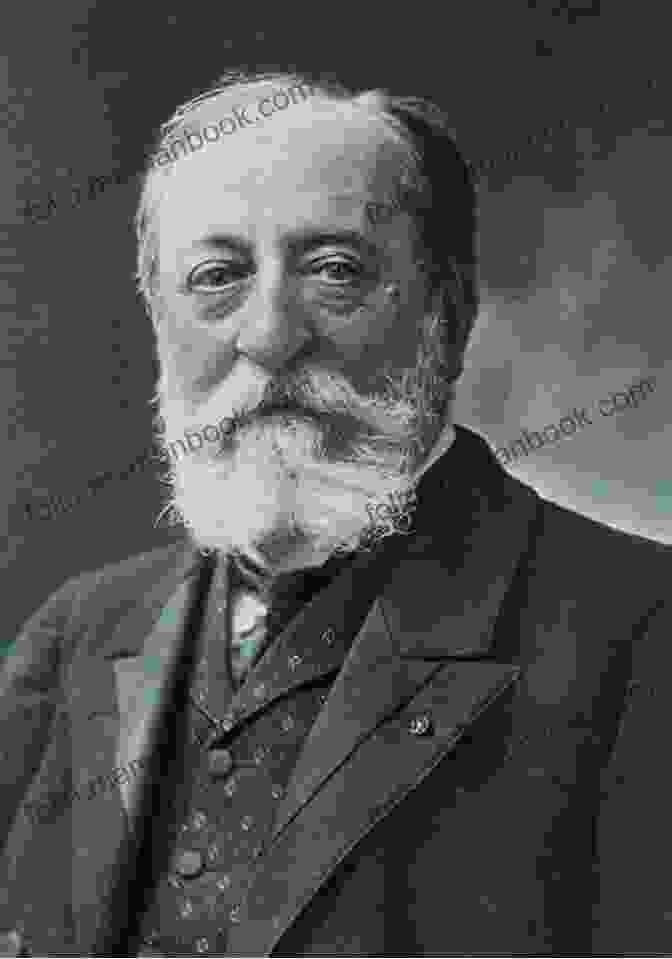
Camille Saint-Saëns, the composer of The Carnival of the Animals
4.5 out of 5
| Language | : | English |
| File size | : | 3431 KB |
| Text-to-Speech | : | Enabled |
| Screen Reader | : | Supported |
| Enhanced typesetting | : | Enabled |
| Print length | : | 12 pages |
Do you want to contribute by writing guest posts on this blog?
Please contact us and send us a resume of previous articles that you have written.
 Top Book
Top Book Novel
Novel Fiction
Fiction Nonfiction
Nonfiction Literature
Literature Paperback
Paperback Hardcover
Hardcover E-book
E-book Audiobook
Audiobook Bestseller
Bestseller Classic
Classic Mystery
Mystery Thriller
Thriller Romance
Romance Fantasy
Fantasy Science Fiction
Science Fiction Biography
Biography Memoir
Memoir Autobiography
Autobiography Poetry
Poetry Drama
Drama Historical Fiction
Historical Fiction Self-help
Self-help Young Adult
Young Adult Childrens Books
Childrens Books Graphic Novel
Graphic Novel Anthology
Anthology Series
Series Encyclopedia
Encyclopedia Reference
Reference Guidebook
Guidebook Textbook
Textbook Workbook
Workbook Journal
Journal Diary
Diary Manuscript
Manuscript Folio
Folio Pulp Fiction
Pulp Fiction Short Stories
Short Stories Fairy Tales
Fairy Tales Fables
Fables Mythology
Mythology Philosophy
Philosophy Religion
Religion Spirituality
Spirituality Essays
Essays Critique
Critique Commentary
Commentary Glossary
Glossary Bibliography
Bibliography Index
Index Table of Contents
Table of Contents Preface
Preface Introduction
Introduction Foreword
Foreword Afterword
Afterword Appendices
Appendices Annotations
Annotations Footnotes
Footnotes Epilogue
Epilogue Prologue
Prologue Fenna Edgewood
Fenna Edgewood Jan Sheinker
Jan Sheinker Charles Bukowski
Charles Bukowski Robert D King
Robert D King Guy Cain
Guy Cain Tim Severin
Tim Severin Ramesh Rathinam
Ramesh Rathinam Angela Grassi
Angela Grassi Nanin
Nanin Alan E Beer
Alan E Beer Linda J Cowgill
Linda J Cowgill Ken Kocienda
Ken Kocienda Paul Begadon
Paul Begadon Dennis Charles
Dennis Charles George Orwell
George Orwell James Longford
James Longford Robert Jackson Bennett
Robert Jackson Bennett Nina Sattler Hovdar
Nina Sattler Hovdar Mark Stone
Mark Stone Noah William Smith
Noah William Smith
Light bulbAdvertise smarter! Our strategic ad space ensures maximum exposure. Reserve your spot today!
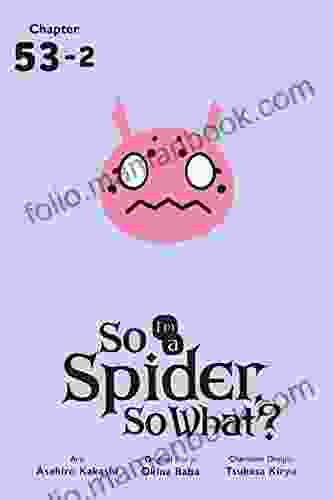
 José SaramagoSo Spider So What 53: The Ultimate Guide to Venomous and Non-Venomous Spiders
José SaramagoSo Spider So What 53: The Ultimate Guide to Venomous and Non-Venomous Spiders Floyd RichardsonFollow ·15.5k
Floyd RichardsonFollow ·15.5k Dan HendersonFollow ·8.8k
Dan HendersonFollow ·8.8k Joseph HellerFollow ·6k
Joseph HellerFollow ·6k Ralph TurnerFollow ·7k
Ralph TurnerFollow ·7k Harold PowellFollow ·4.7k
Harold PowellFollow ·4.7k Edwin BlairFollow ·16.6k
Edwin BlairFollow ·16.6k Adrien BlairFollow ·13.7k
Adrien BlairFollow ·13.7k John GrishamFollow ·16.3k
John GrishamFollow ·16.3k

 Dean Cox
Dean CoxHow to Make Decisions Easily & Effortlessly: The...
The Different Types of Decisions There...
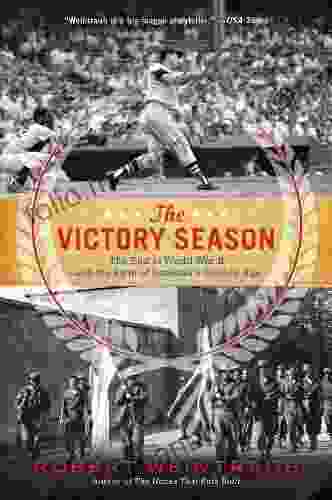
 Gustavo Cox
Gustavo CoxThe End of World War II and the Birth of Baseball's...
The end of...

 Patrick Rothfuss
Patrick RothfussThe Dantes: An 11-Family Saga of Billionaires, Soulmates,...
The Dantes is an epic family saga that follows...
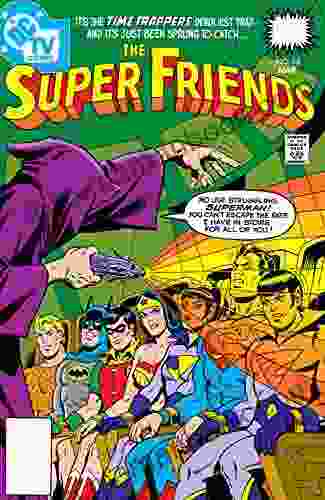
 Dylan Mitchell
Dylan MitchellSuper Friends: The Animated Adventures That Defined a...
In the vibrant landscape of American...

 Jamal Blair
Jamal BlairCollege For Students With Disabilities: We Do Belong
College can be a...
4.5 out of 5
| Language | : | English |
| File size | : | 3431 KB |
| Text-to-Speech | : | Enabled |
| Screen Reader | : | Supported |
| Enhanced typesetting | : | Enabled |
| Print length | : | 12 pages |


